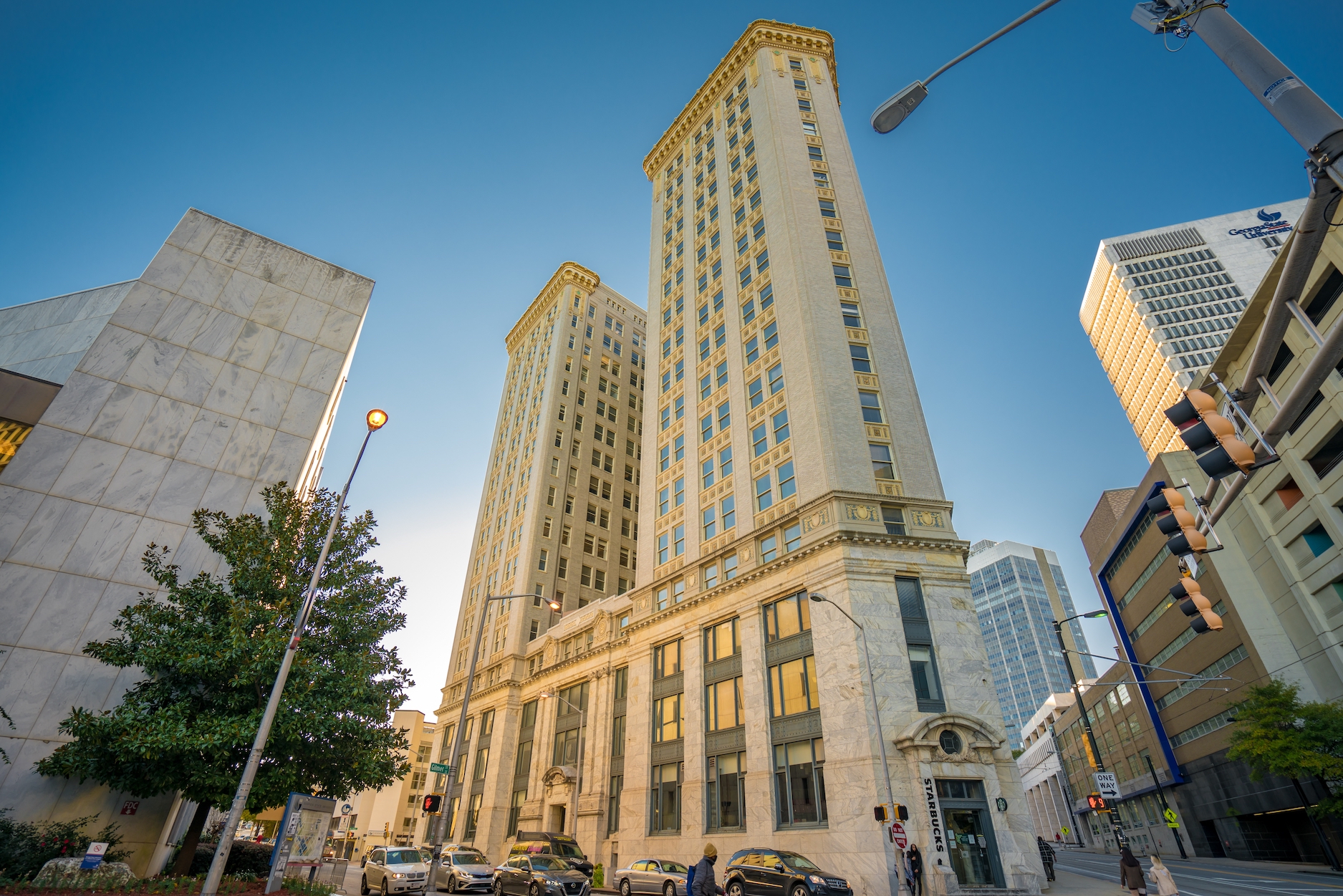Preservation of historic buildings is so important to keeping our rich cultural heritage alive. How can you make sure your building continues to stand the test of time?
Qualified structural engineers are essential to keep your building safe for occupants, employees, and staff. They also play an important role in helping you develop a preservation strategy that keeps the building’s authenticity and historical context in place.
Condition Analysis and Structural Assessment
Structural engineers help the preservation process by:
- Conducting comprehensive assessments of the building’s structural integrity including the facade
- Looking for signs of deterioration, understanding the impact of environmental factors, and assessing load-bearing capacity
- Can utilize new technologies like laser scanning and thermal imaging to detect problems the human eye can’t see
According to the Georgia Trust for Historic Preservation, “working with a trained professional to determine the condition of your property will help you identify and prioritize the challenges and opportunities unique to your historic property… once you’ve determined the scope of your project, you’ll need to find a contractor to help you complete the work.”
Hiring the right historic restoration contractor is key, as the preservation of historic properties can be complex. Issues they may encounter include:
- Lead and other hazardous building materials used before 1978
- Non-standard building materials and methods
- Building practices that no longer meet code
- Addressing current ADA accessibility requirements
- Aging and damaged structural elements
Trust Your Historic Building to IEI for Commercial Property Inspection in Atlanta
With age, the façade of your building may experience degradation due to normal wear and tear and chemical exposure. Moisture, either penetrating the exterior or escaping the interior of a building, can cause rust and deteriorate supports. Water vapor pressure trapped within the veneer along with freeze/thaw action (also called sub florescence) can result in cracks and spalls. Building movement in the form of shortening, caused by creep and shrinkage, and foundation settlement can cause cracks, spalls and buckling of the façade. Differential expansion and contraction, caused by temperature and moisture changes, can also lead to similar failures. As one can imagine, northern climates experience more severe façade degradation compared to southern climates due to the colder temperatures, significant snowfall, extended periods of below freezing temperatures, and larger seasonal temperature changes.
Thirty or more years ago, not much was known about the effects of thermal and moisture changes and building movements on facades. Consequently, buildings constructed in this era lack modern detailing, including expansion and contraction joints and flexible connections, which address these effects. Even today, in an effort for each building to have its own distinct appearance, facades are often made up of untested unique combination of materials and support conditions which can lead to early failures.
Learn about the IEI Advantage Today!
IEI’s expertise is trusted by owners and property managers of all sizes, including some of the nation’s largest property portfolios. In addition to answering the request for advice, consulting, and peer reviews, IEI is sought after for their expertise in the form of educational speaking events for national organizations as well as articles in major national publications.
Contact us today to get a quote and see how we can help you with commercial property inspection in Atlanta to keep the historic value of your building alive.

